Companion planting.. How close is too close??
clare2008
15 years ago
Related Stories

DECORATING GUIDESI'm Ready for My Close-Up: Beautiful Building Materials
Look closely, and soak up the beauty in some favorite details of fine home design
Full Story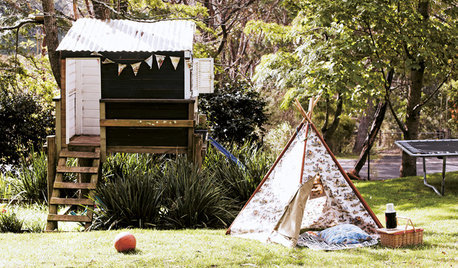
LIFEFun Family Activities as Close as Your Backyard
Shake up your daily routine with these creative ideas for spending time together
Full Story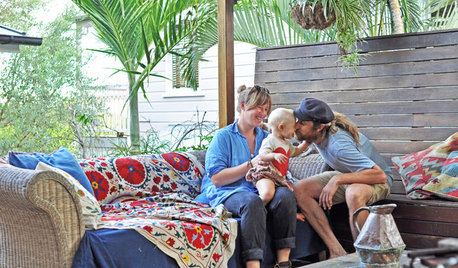
MY HOUZZMy Houzz: Family Is Close at Hand in a 19th-Century Brisbane Cottage
An Australia couple’s updated home in the city’s leafy hills pays homage to residents past and present
Full Story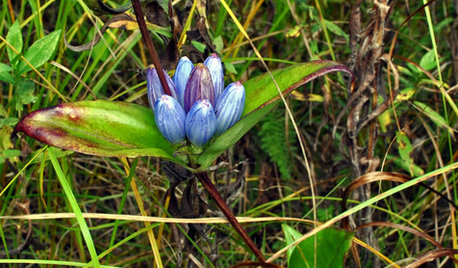
GARDENING GUIDESGreat Design Plant: Gentiana Andrewsii
If you’re a fan of closed flowers every autumn, then today is your lucky day!
Full Story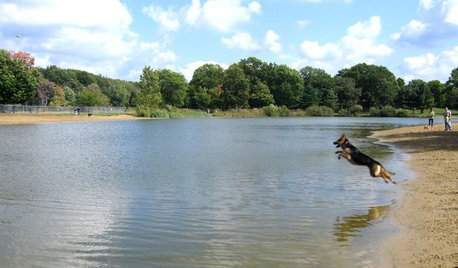
COMMUNITYDesigned for Dogs: 5 Fantastic Dog Parks Across the U.S.
Let your favorite pooch run wild at one of these specially designed public spaces. Not close by? Learn how to start a dog park yourself
Full Story
GARDENING GUIDESGreat Design Plant: Cephalanthus Occidentalis
Buttonbush is an adaptable woody shrub with delightful pincushion flowers
Full Story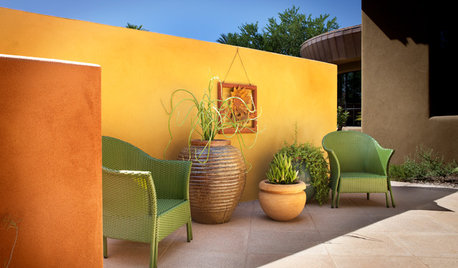
COLORGarden Color: Lighten and Brighten With Yellow
From mellow to far out, yellow plants and accent features can bring a taste of the sun close to home
Full Story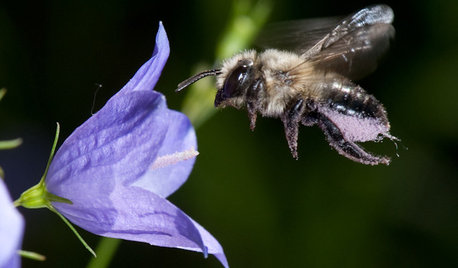
NATIVE PLANTSGreat Design Plant: Color Outside the Lines With Bluebell Bellflower
Plant this Campanula on pathway and patio edges for shots of bright blue from May through September
Full Story
GARDENING GUIDESGreat Design Plant: Rhus Glabra
Smooth sumac provides powerful jolts of fall color and persistent fruit clusters that add interest through the winter
Full Story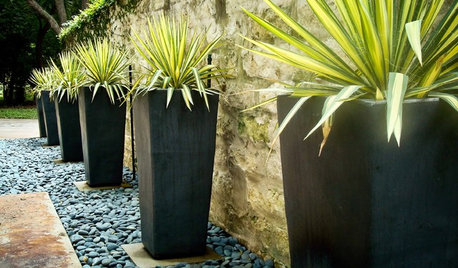
CONTAINER GARDENSWant Compelling Garden Minimalism? Think One Plant, One Pot
Highlight a show-worthy stunner or elevate a pedestrian plant by giving it a solo starring role in the garden
Full StoryMore Discussions






pnbrown
schoolhouse_gw
Related Professionals
Stamford Landscape Contractors · Dunwoody Landscape Contractors · Fort Hunt Landscape Contractors · Gurnee Landscape Contractors · Lemont Landscape Contractors · Mercedes Landscape Contractors · Mission Landscape Contractors · North Canton Landscape Contractors · Oak Harbor Landscape Contractors · Point Pleasant Landscape Contractors · Saint George Landscape Contractors · San Antonio Landscape Contractors · San Bruno Landscape Contractors · West Allis Landscape Contractors · Chicago Driveway Installation & Maintenanceschoolhouse_gw
clare2008Original Author
larry_c
wild_forager
darcygarden